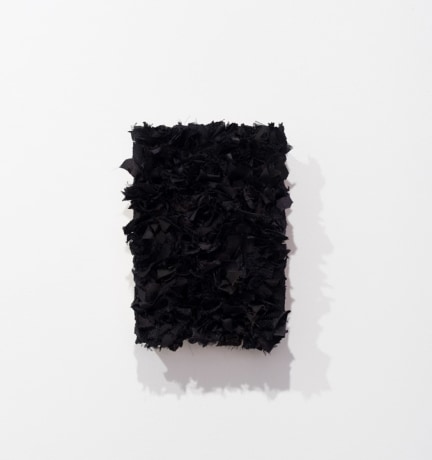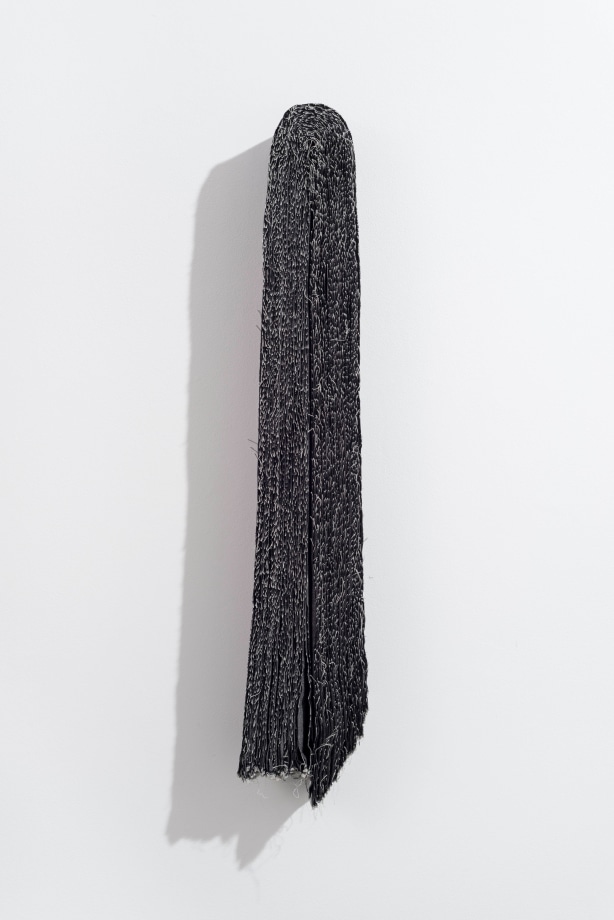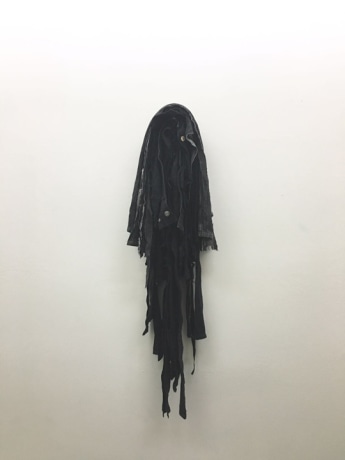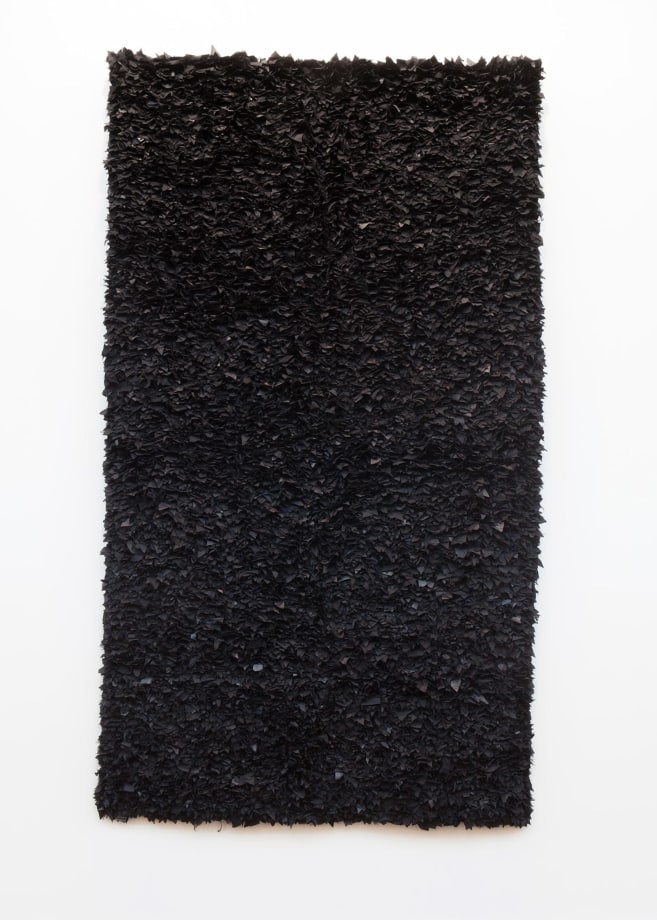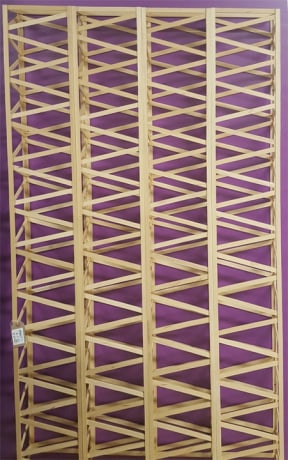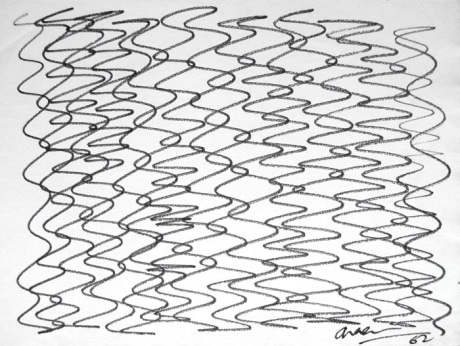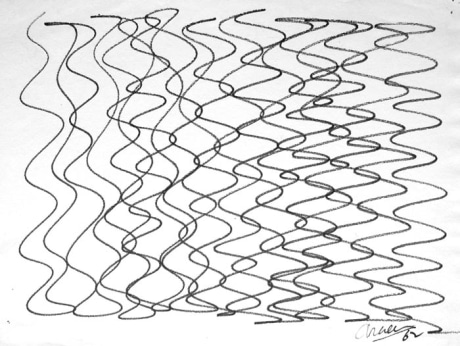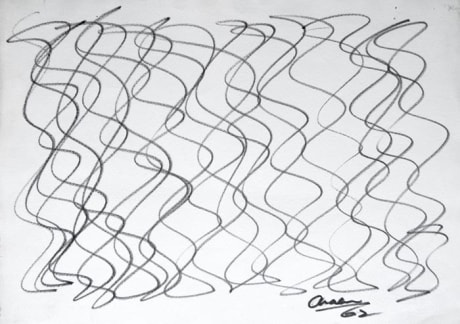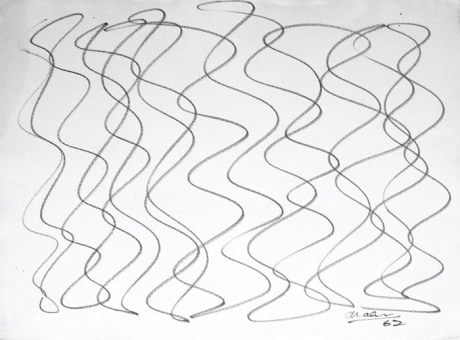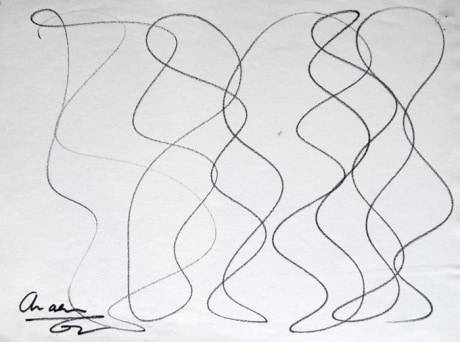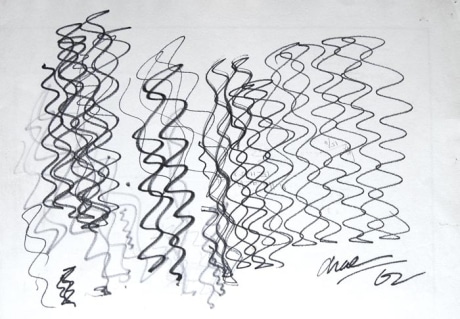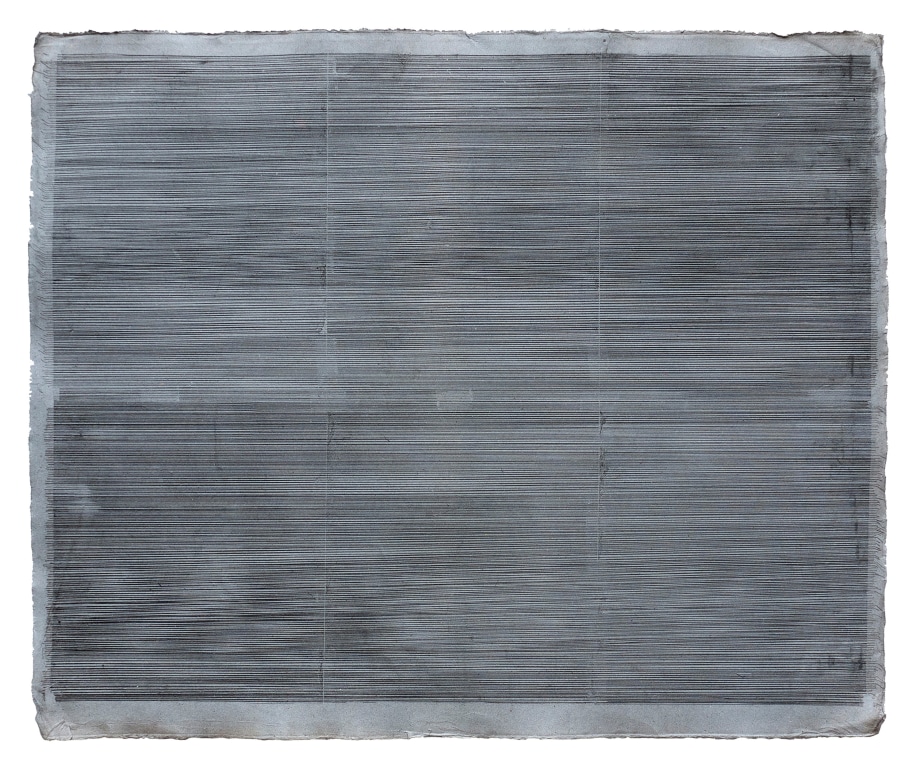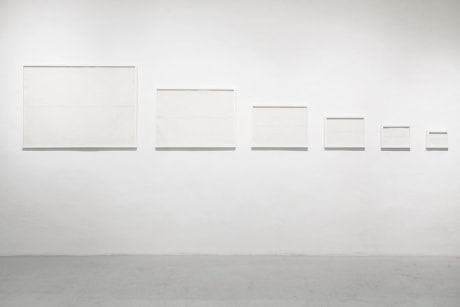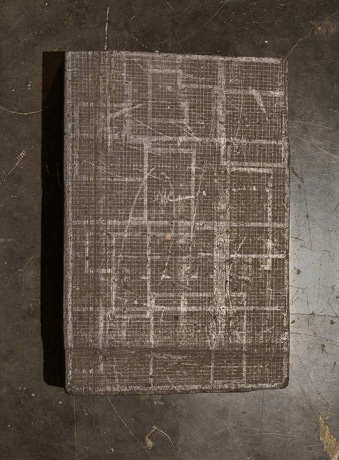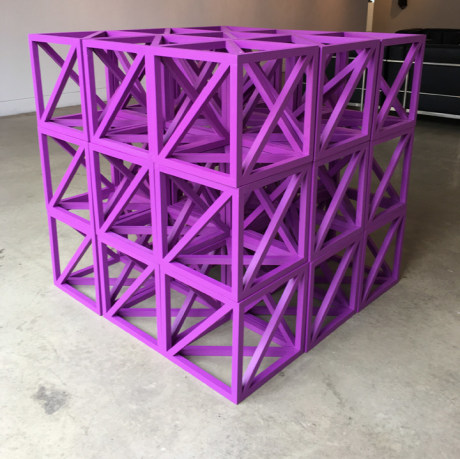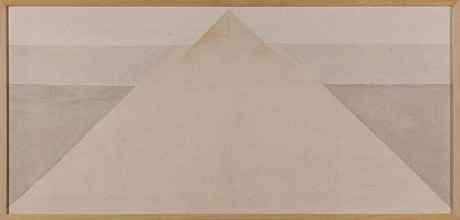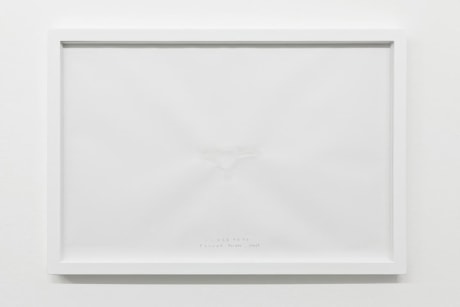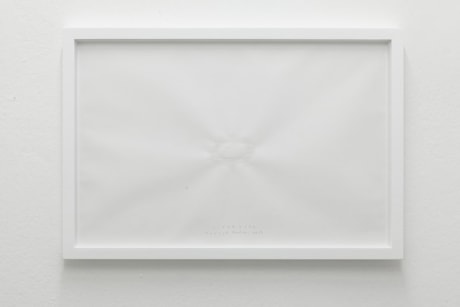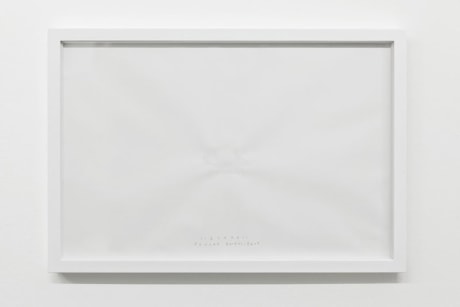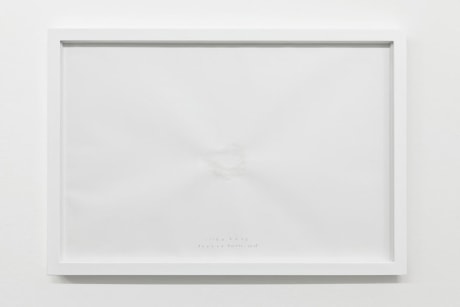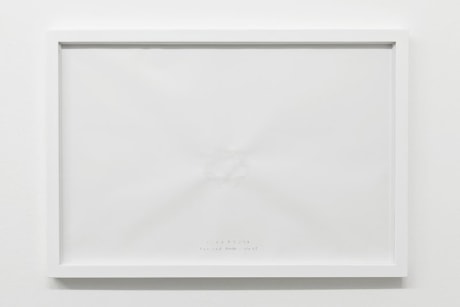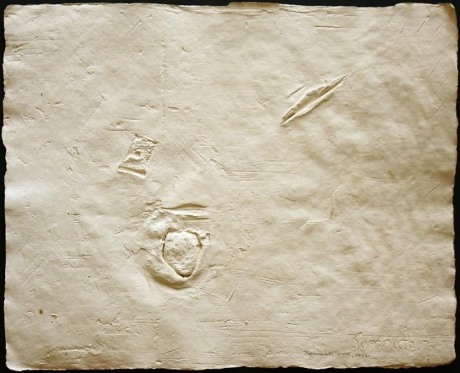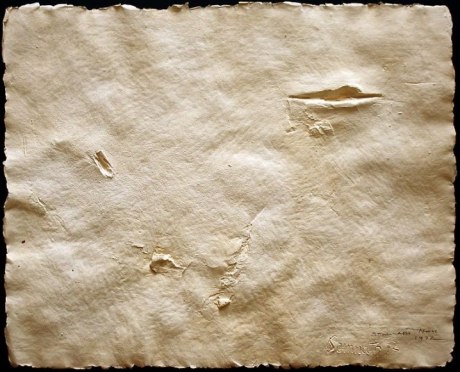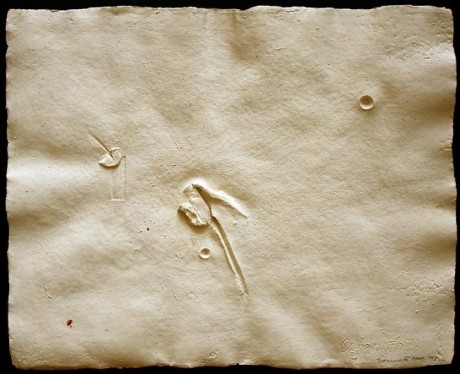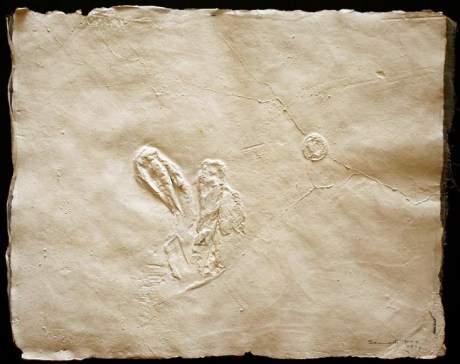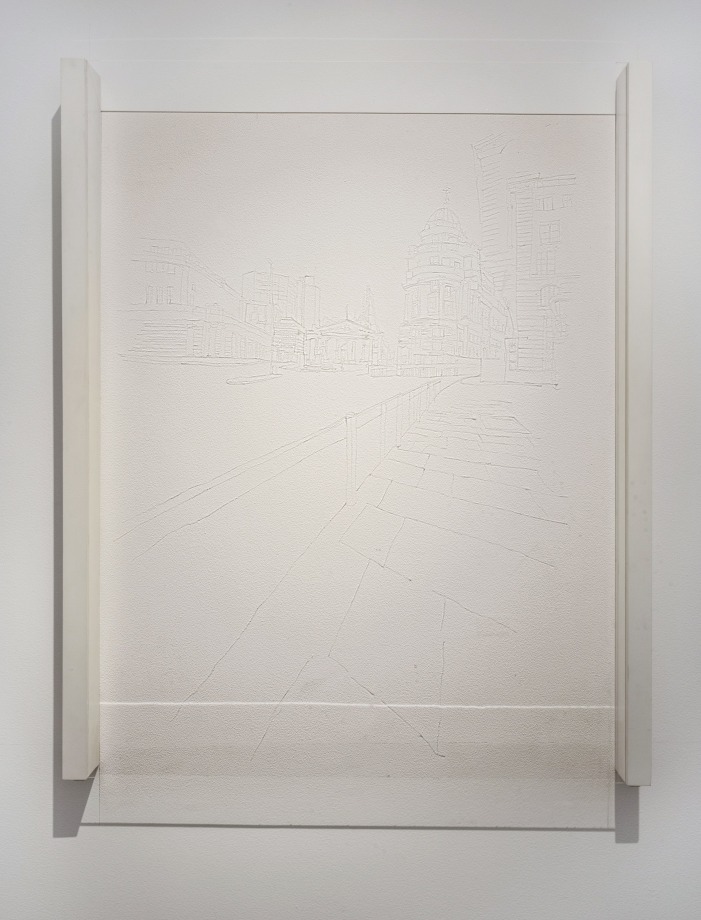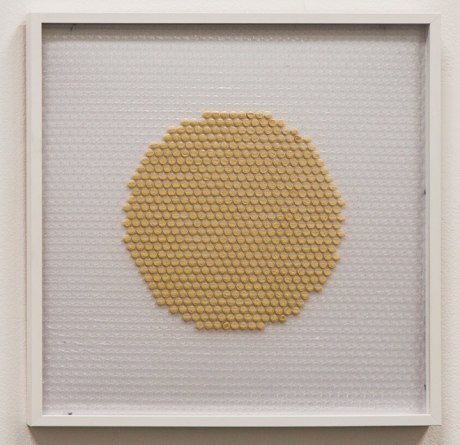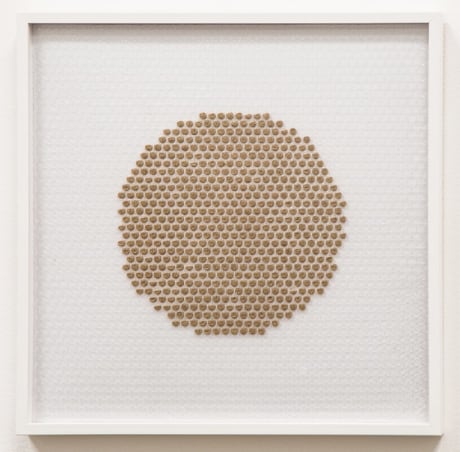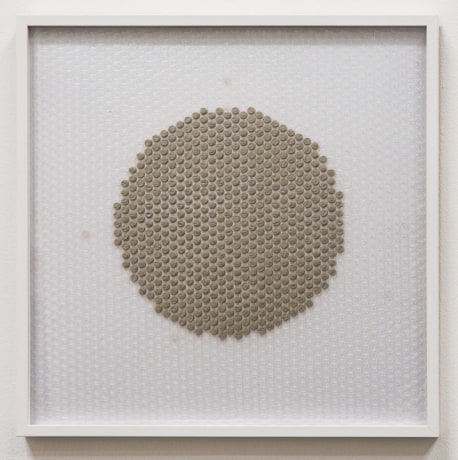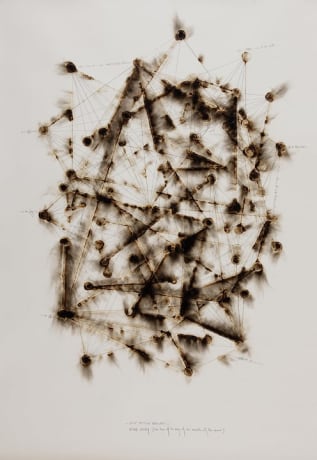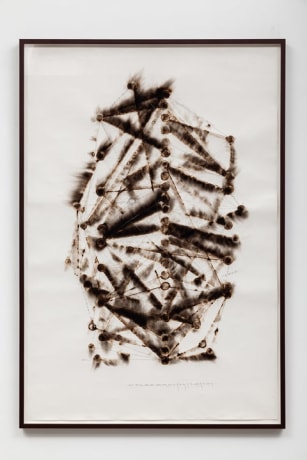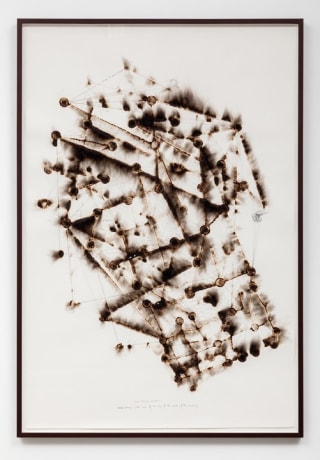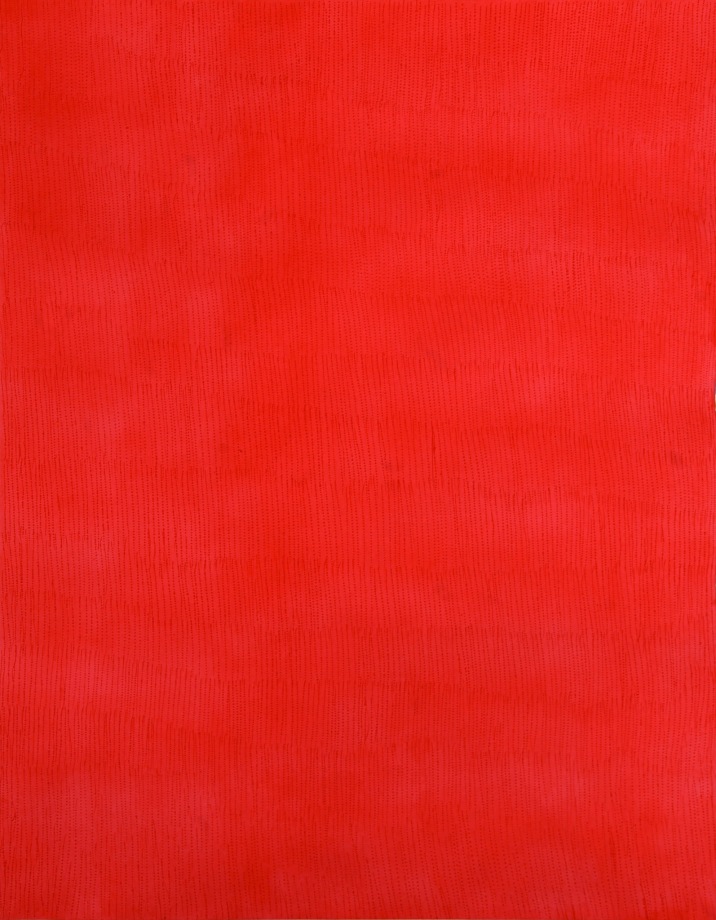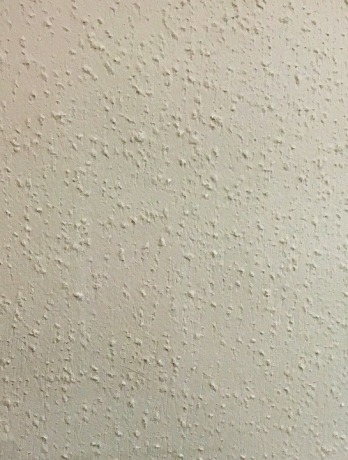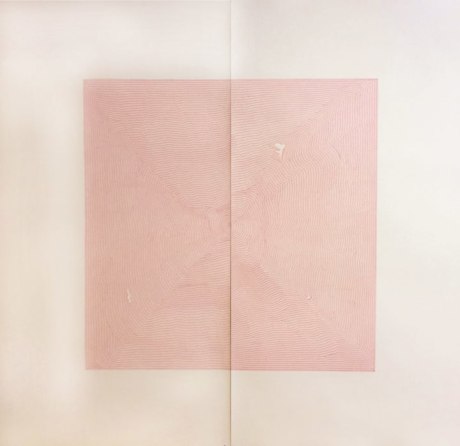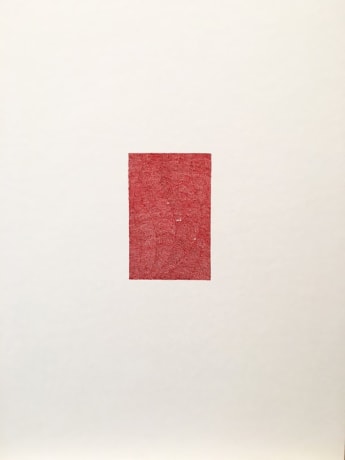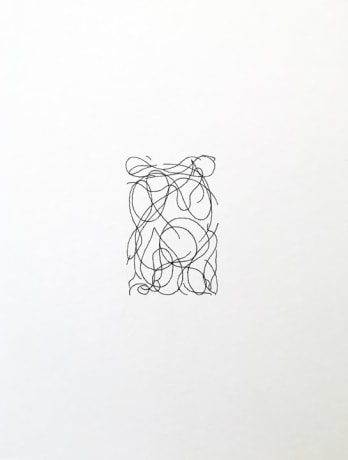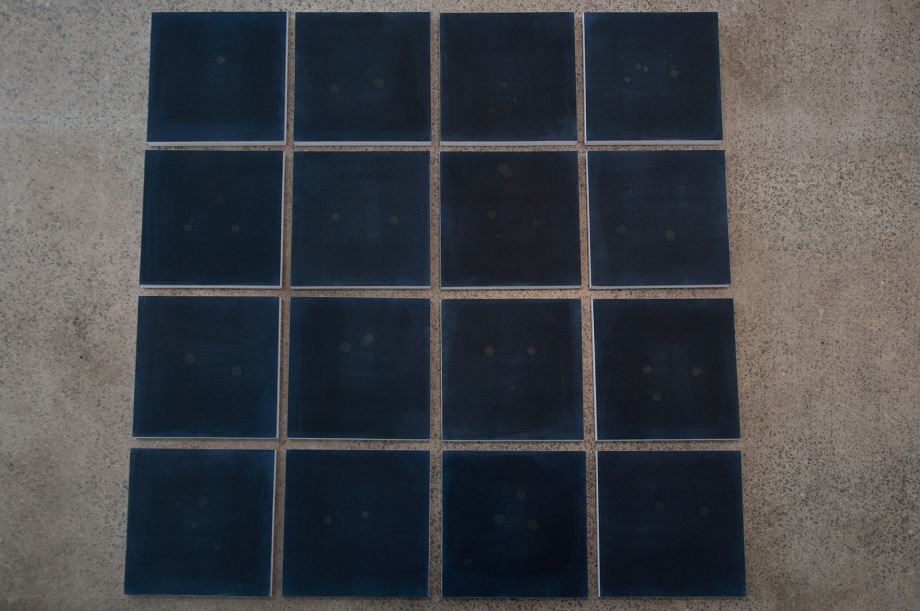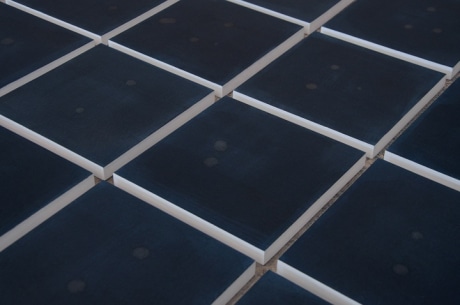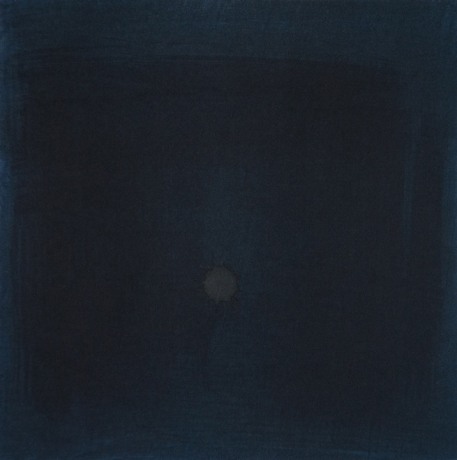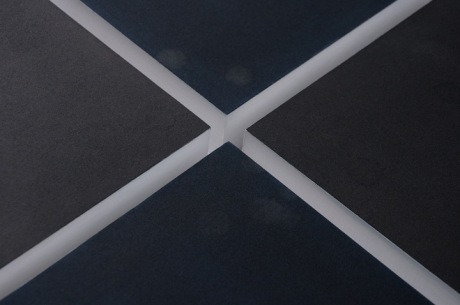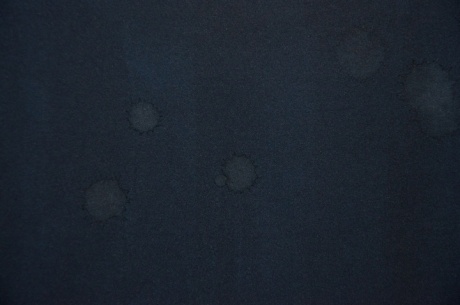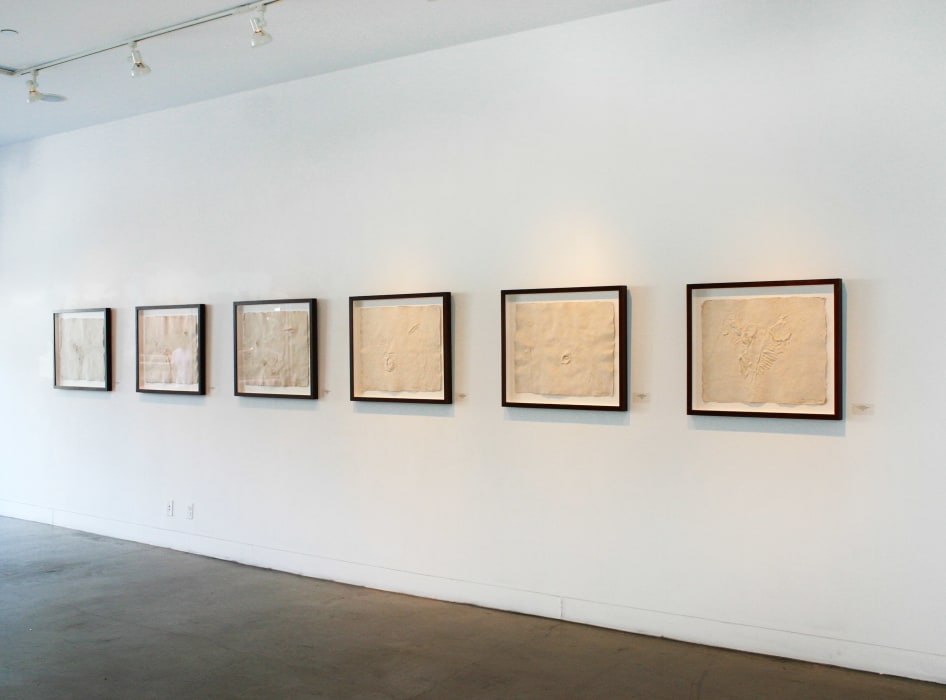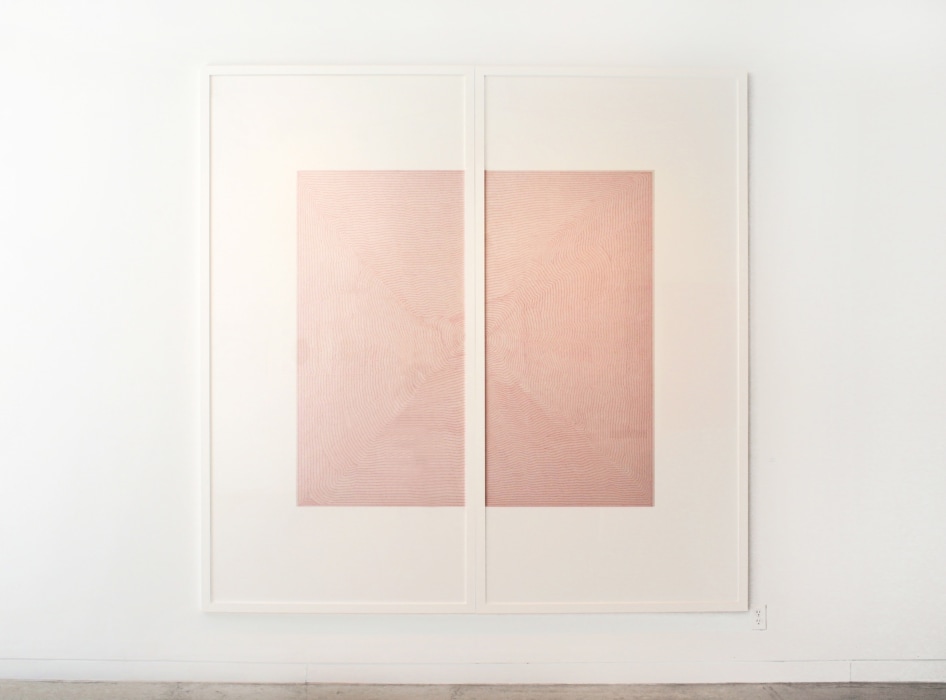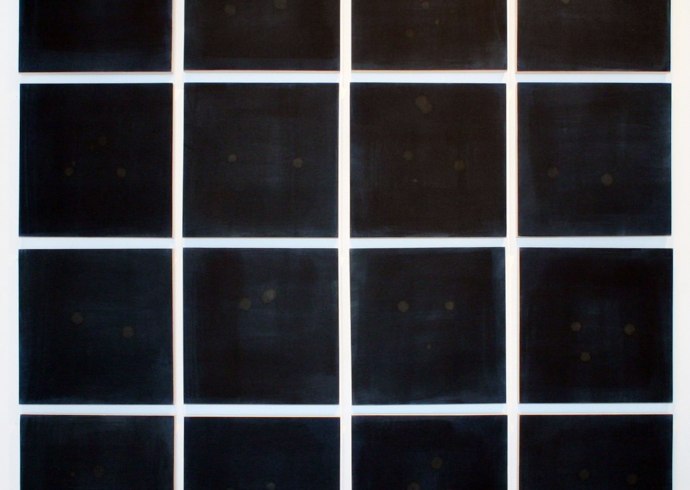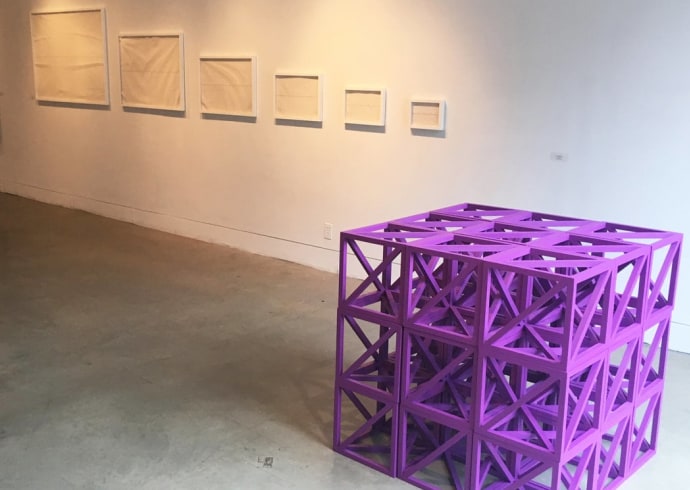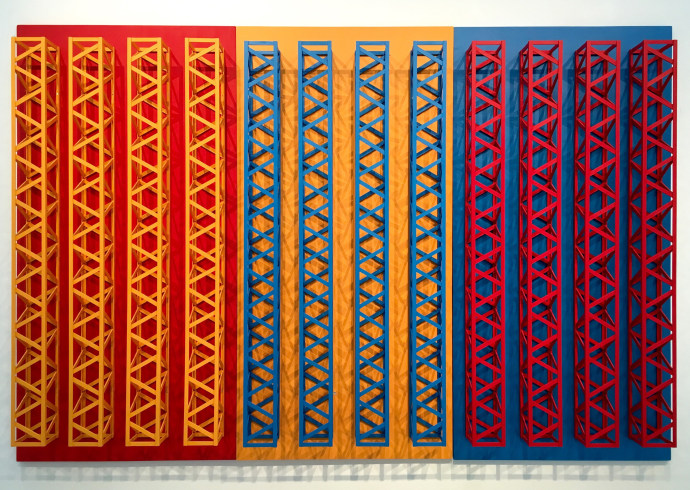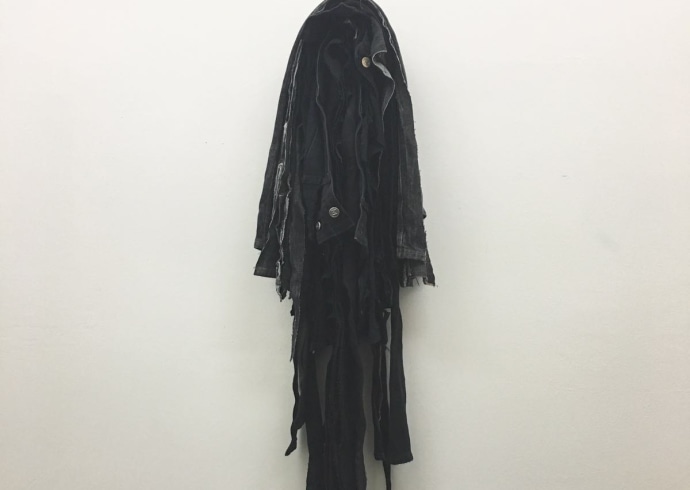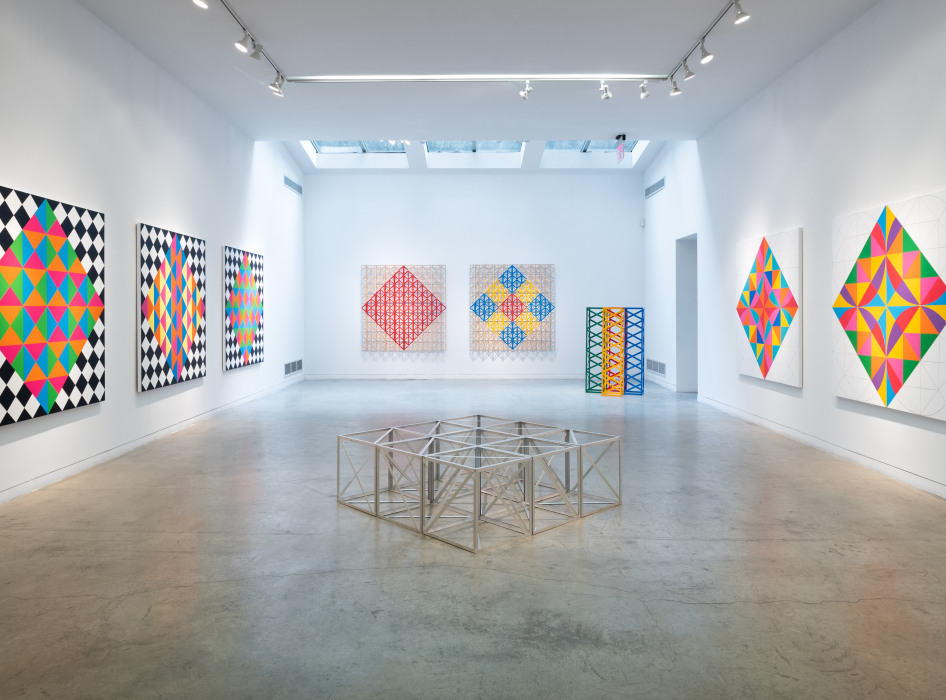
PRESS RELEASE
Between Structure and Matter: Other Minimal Futures
Curated by Prajit Dutta & Murtaza Vali
Exhibition May 26th – July 2nd, 2016
Press Preview & V.I.P. Reception: Thursday, May 26th 6:00pm – 8:00pm
35 Great Jones St., New York NY 10012
New York, New York – Aicon Gallery is pleased to present Between Structure and Matter: Other Minimal Futures, a group exhibition curated by Prajit Dutta and Murtaza Vali, featuring work by Joël Andrianomearisoa, Minam Apang, Rasheed Araeen, Hemali Bhuta, Shilpa Gupta, Somnath Hore, Nadia Kaabi-Linke, Jitish Kallat, Mohammed Kazem, Waqas Khan and Abdullah M. I. Syed.
In his authoritative historical account of the period, art historian James Meyer suggests that minimalism may be better understood not as a coherent movement or a singular style but as a “field of difference,” a “dynamic field of specific practices” that was polemical, contested, and plural from its very inception.While Donald Judd focused on form and structure to challenge Clement Greenberg’s demands for medium specificity, matter mattered deeply to Carl Andre. And while Dan Flavin’s fluorescent tubes flirted with Pop, Robert Morris dabbled in performance through collaborations with the Judson Dance Theater. There were, and continue to be, many “minimalisms.” More aptly conceived of as a varied set of strategies or sensibilities, minimalism continues to have currency among artists working today. Inspired by this idea of minimalism as a “field of difference,” Between Structure and Matter: Other Minimal Futures brings together minimal work by an international and multigenerational selection of artists.
The exhibition is anchored by two important but, until recently, overlooked historical bodies of work by Rasheed Araeen and Somnath Hore, which both expand the discourse around minimalism in interesting ways. Unaware of concurrent developments in New York, Araeen began making minimalist sculptures, or structures as he preferred to call them, in the mid-1960s, shortly after his move from Karachi to London. Running a bisecting diagonal across the square faces of the skeletal cubes that were his basic units, Araeen introduced dynamism and rhythm into the otherwise static and rigid orthogonal grid. This simple linear addition opened his otherwise minimalist structures up to the potential of pattern and ornament, as did his embrace of vivid color. In 1971, Somnath Hore began producing a series of paper pulp prints titled Wounds, whose pristine white surfaces were subtly marked with impressions and indentations that resembled gashes, bruises, and scars. Best known as a printmaker, Hore had represented the plight of innocent victims of famine, war and conflict across the Subcontinent throughout his career. With Wounds he universalized these horrors through abstraction, branding palpable signs of bodily pain and trauma into the very material of his otherwise minimal surfaces, opening them up to the vicissitudes of politics and history. From Araeen’s play with structure to Hore’s investment in matter, these two bodies of work mark the ends of a minimal continuum along which the other, more contemporary, works in the exhibition may be situated and understood.
While repetition is most commonly linked to the efficiency of the assembly line and the industrial logic of capitalism in the West, it may also be understood as a performative or ritualistic act, a tool for rehearsal, reenactment or meditation. This quality of repetition as ritual drives both Waqas Khan’s meticulous ink on paper drawings and Mohammed Kazem’s delicate scratch works, as forms are built up through the gradual accumulation of thousands of short precise marks. And like Kazem, Hemali Bhuta’s monochromatic graphite on graphite drawing confuses mark with surface, figure with ground.
Like Hore, Shilpa Gupta and Nadia Kaabi-Linke address complex real world issues—geopolitical conflagrations, contested borders, labor exploitation—through the most reductive of means: the ghostly trace of a tree, a straight line, a triptych of monochromatic circles. Similarly, Joël Andrianomearisoa’s cloth pieces both poetically and materially respond to the profound transformations underway in his hometown of Antananarivo. Though in a different medium, Minam Apang’s delicate tea and charcoal wash painting on cloth also abstracts landscape, reducing a mountain vista to simple composition of geometric forms.
Referencing Andre’s iconic floor pieces, Abdullah M. I. Syed tarnishes the pristine surfaces of his carefully inked squares with tears, bringing the minimal surface into dialogue with the affective body. Jitish Kallat engages nature in a comparable manner, allowing the uncertainty of flames and the direction of prevailing winds to determine the final form of his large-scale minimal drawings.
The sheer diversity of mediums, materials and strategies used to produce the works included in Between Structure and Matter: Other Minimal Futures reinforces the idea that minimalism is best understood as plural, as a “field of difference,” an ethos that remains impossible to pin down but that continues to inspire.plural, as a “field of difference,” an ethos that remains impossible to pin down but that continues to inspire.
About the Curators
Prajit Dutta is a Partner at Aicon Gallery and a Professor of Economics at Columbia University. He is an accidental curator whose principal excuse for co-curating this show is a lifelong fascination with minimalism. This fascination was possibly borne of seeing a Robert Ryman White on White painting and a Carl Andre Grid sculpture at the Second Triennale organized back in 1971 by the Lalit Kala Akademi (the National Academy of Art) in New Delhi, India. Seeing Eva Hesse installations and white Ryman paintings and Andre steel slabs left an eleven-year old boy considerably bemused, used as he was to art that was much more conventional. Since then he has learned that minimalism has a more global face and he is happy to help close the circle by bringing this Other Minimalism to the home of Ryman and Andre.
Murtaza Vali is a critic and curator who lives and works between Brooklyn and Sharjah. A recipient of a 2011 Creative Capital | Warhol Foundation Arts Writers Grant, his work has appeared in various international art publications and he has penned essays for commercial galleries and non-profit institutions around the world. His past curatorial projects include: Formal Relations (Taymour Grahne Gallery, New York, 2015); Accented (Maraya Art Centre, Sharjah, 2015); Geometries of Difference: New Approaches to Ornament and Abstraction (Samuel Dorsky Museum of Art, New Paltz, 2015); PTSD: Shahpour Pouyan (Lawrie Shabibi Gallery, Dubai, 2014); extra|ordinary: The Abraaj Group Art Prize 2013 (Art Dubai, 2013); Brute Ornament (Green Art Gallery, Dubai, 2012); and Accented (BRIC Rotunda Gallery, Brooklyn, 2010). An occasional pedagogue, Vali is a Visiting Instructor at Pratt Institute, a Part-time Lecturer at Parson The New School of Design, and a tutor for Campus Art Dubai.

